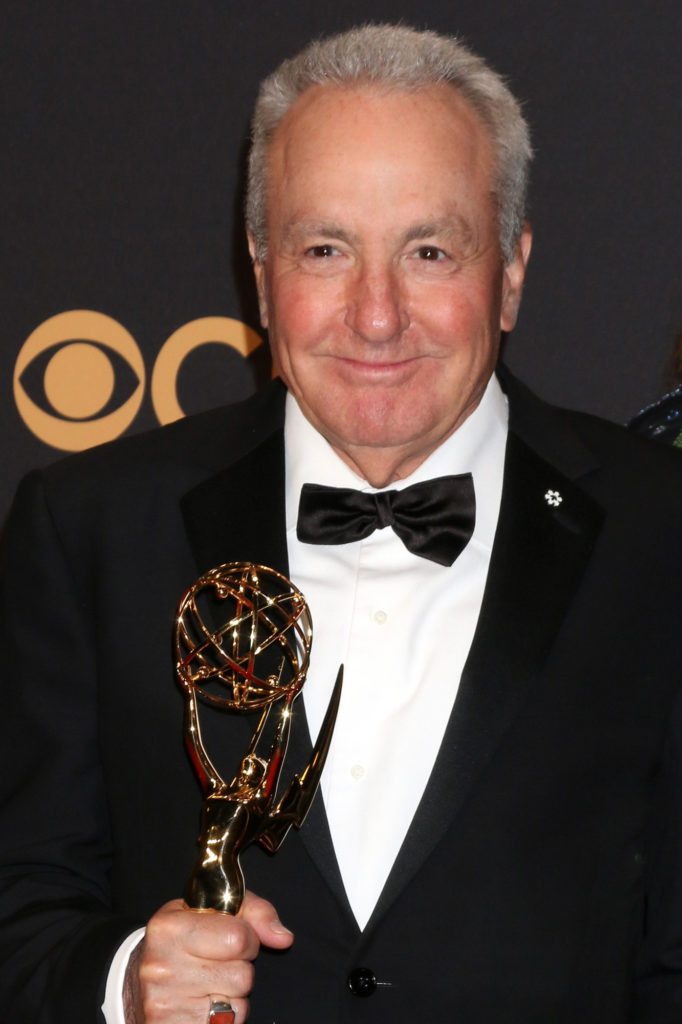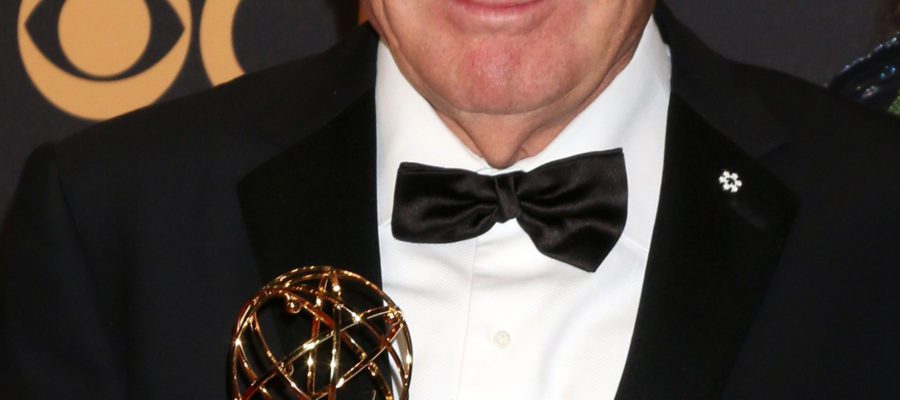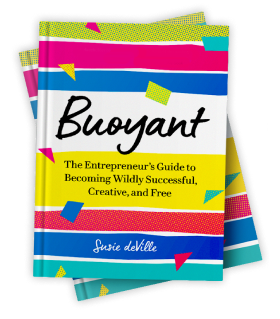Leaders of enterprises, great and small, are charged with numerous responsibilities that drive innovation, set the tone and tenor of the organization, foster memorable customer experiences, as well as produce bottom-line results.
On the surface, it may appear that each of these responsibilities compete for attention separately; however, it turns out there is a skeleton key to unlocking each of these consistently: cultivating safe spaces for creativity.
Charles Duhigg, New York Times bestselling author of Smarter Faster Better: The Secrets of Being Productive in Life and Business, embarked on a quest to understand fully exactly what made certain teams more successful than others. During his research, he made surprising discoveries that revealed the behaviors of the most successful leaders.
Duhigg found that the success of creative companies like Google and enduring productions like Saturday Night Live (SNL) shared in common an essential attribute of the leaders at the helm: promoting psychological zones of safety.
It turns out that the teams that enabled everyone to have an opportunity to talk in roughly the same amount, out-performed those with disproportionate talking among team members. Further, the stronger teams were skilled in intuiting what was left unsaid by fellow team members, and were able to pick up on nonverbal cues, expressions, and tones of voice.
But there was something more to the secret sauce of winning leadership.
Duhigg probed to discover what it was about executive producer Lorne Michaels’ leadership style that brought the creative best out of each SNL cast member. How was Michaels able to turn a team that others in the television industry saw as a chaotic, ragtag team into television gold? What did he do specifically to create a psychological zone of safety at SNL?

Lorne Michaels believes that everyone in the meeting room has to voice her or his ideas and be heard, regardless of differences, disagreements, personalities, and the competition amongst everyone for space on that week’s show. Therefore, for example, if an actor like John Belushi were sitting silent and cross-armed at the table, he’d coax John out of his mood and get him to talk.
In addition, Michaels would make sure that he modeled for John, and the other actors and writers at the table, that he was listening intently to everything he said. No one ever leaves the room without speaking and being fully heard.
Through Micheals’ ability to hold a safe space for every team member’s ideas, thoughts, and challenges, as well as his commitment to continually model the norms of the group, he is able to make magic from the diversity of talent—rendering some of television’s most memorable moments from chaotic discourse and creating in a safe environment.
Whether your team is developing technology, testing solutions for improving health care, writing proposals for literary agents, prototyping new approaches for emerging markets, organizing a political campaign, or producing this year’s new show on Broadway, it is the alchemy of distinct voices working together that gives rise to enduring creativity, success, and market attention.










